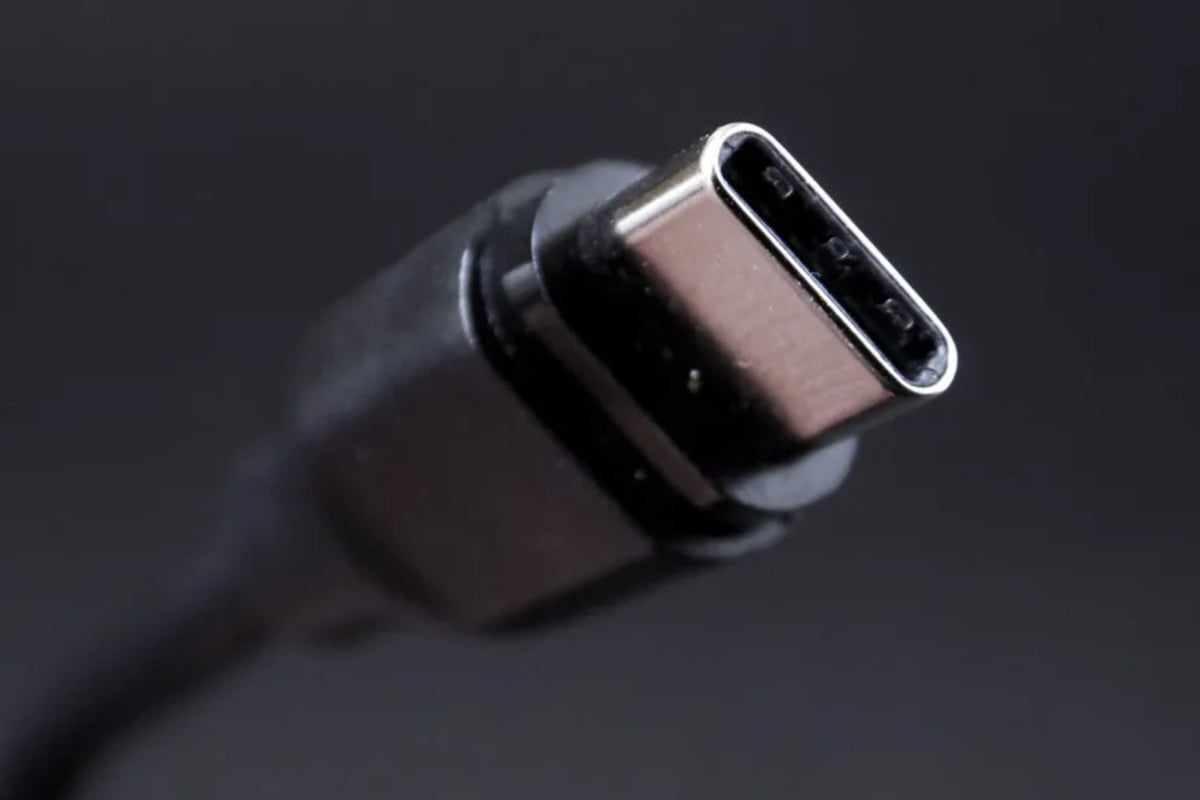The Indian government has come out with a set of quality standards that the service providers and manufacturers will have to take care of. These set of standards will now ensure that the consumers who own smartphones will not have to worry about different types of chargers as the USB Type-C port has been made the basic standard. Take a look at everything.
The First Standard:
The first standard is Indian Standard IS 18112:2022 specification for digital television that comes with built-in satellite tuners. According to the consumer affairs ministry, “TVs manufactured as per this Indian standard would enable reception of free-to-air TV and radio channels just by connecting a dish antenna with LNB mounted on a suitable place, at rooftop/side wall of a building”. “To enable the reception of these free-to-air channels without the use of the set-top box, there is a need for television receivers with in-built suitable satellite tuner,” the ministry added. Right now, consumers have to get a Set-Top Box in order to see various free and paid channels. The viewer is required to use a set-top box even for the reception of free-to-air channels (non-encrypted) transmitted by Doordarshan.
The Second Standard:
The second standard published is Indian Standard (IS/IEC 62680-1-3:2022) for USB Type-C ports, plugs, and cables, adopting the existing global standard IEC 62680-1- 3:2022. This standard provides requirements for USB Type-C ports, plugs and cables for use in various electronic devices like mobile phones, laptops, notebooks etc., providing common charging solutions for smartphones and other electronic devices sold in the country. As a result, users would need fewer chargers overall because they wouldn’t have to purchase new ones each time they bought a new gadget. This would also help the center fulfil its purpose of reducing e-waste and advancing sustainable development, according to the statement.
The third standard:
According to a PTI report, the third standard published is IS 16910 series of Indian standard for “Video Surveillance Systems (VSS)”, adopting International Standard IEC 62676 series. The standard gives a comprehensive overview of all aspects of a video surveillance system, including specifications for the cameras, interfaces, system requirements, tests to determine the image quality of the cameras, and instructions for a successful system installation. Given the rapidly changing technology in the security sector and the wide range of VSS options available, it is now difficult for the average person—whether they are installers, specifiers, or users—to select the VSS that is best suited for their intended application. According to the ministry, this series of standards would assist customers, installers and users in establishing their requirements, determining the appropriate equipment required for their intended application, and also providing means of evaluating objectively the performance of the VSS. This will also help in making the surveillance system more secure, robust, and cost-effective. VSS is a crucial security element that is utilised virtually everywhere to record any unauthorised behaviour. The market’s abundance of video cameras for sale and the seemingly limitless range of camera features and settings make it difficult and technically complex to choose a video surveillance system that will produce images of sufficient quality for the intended usage. The ministry also added the owners or installers do not have a clear idea of the purpose of each video surveillance system and the level of detail needed to achieve that purpose.
